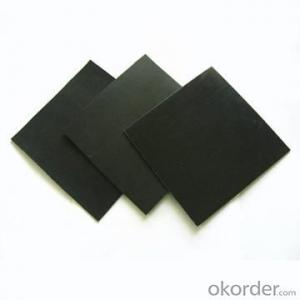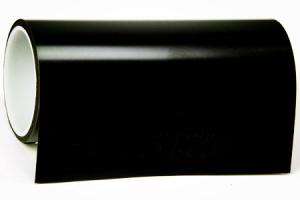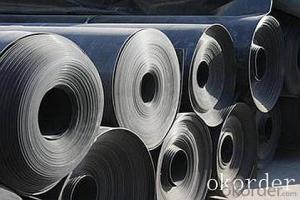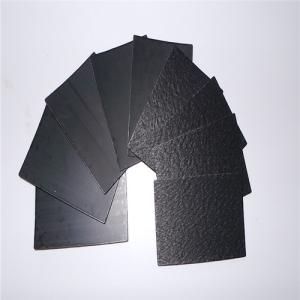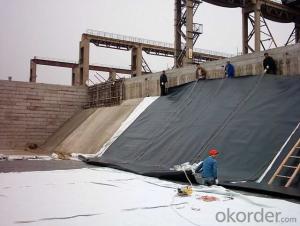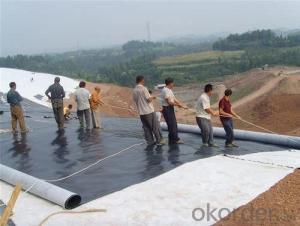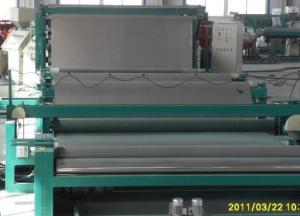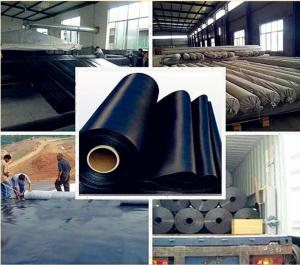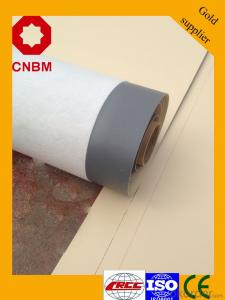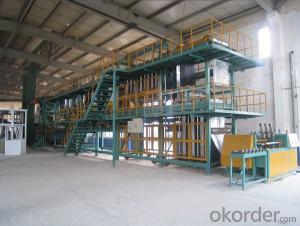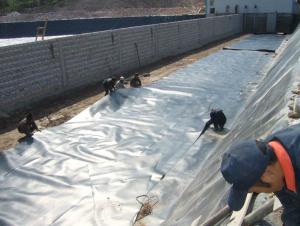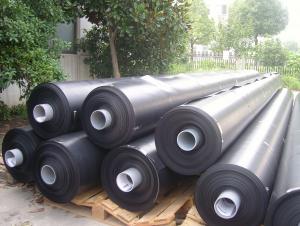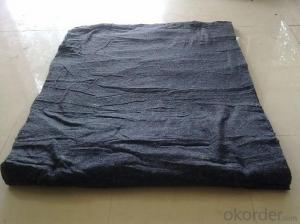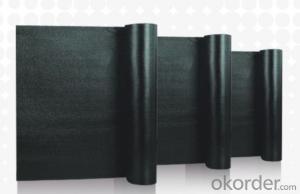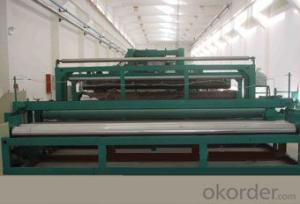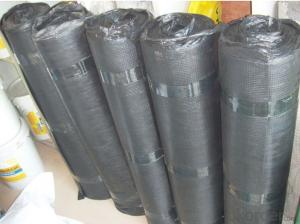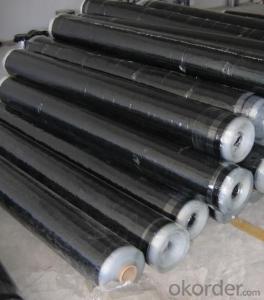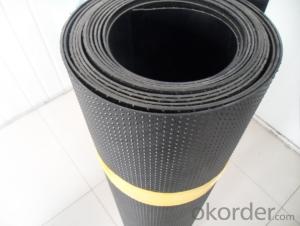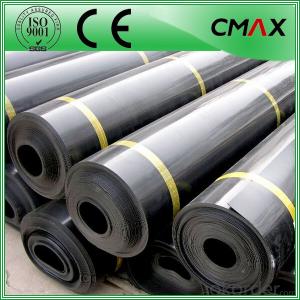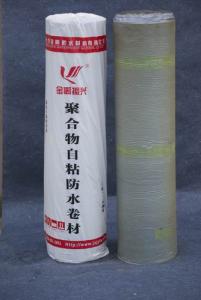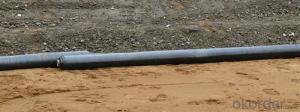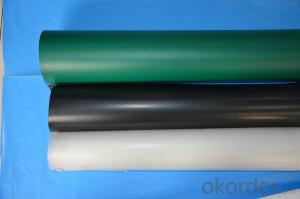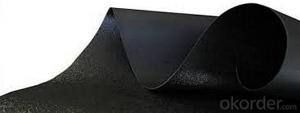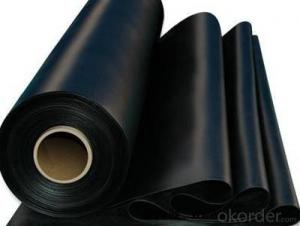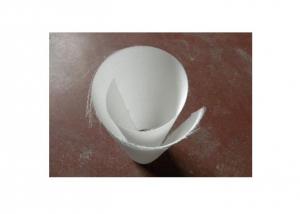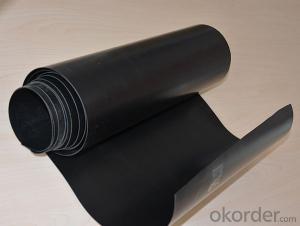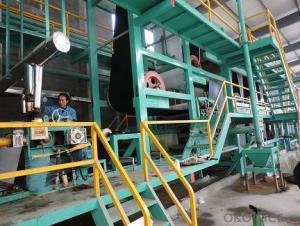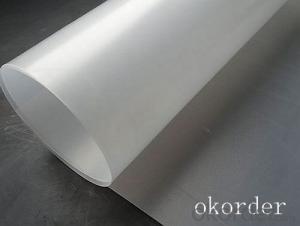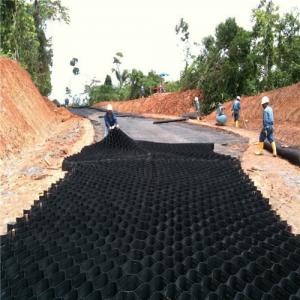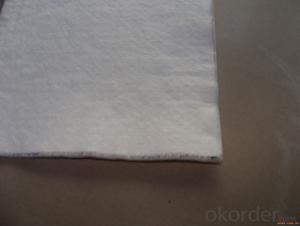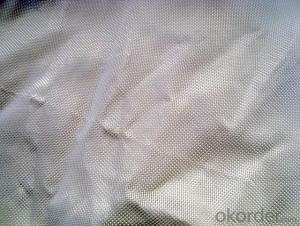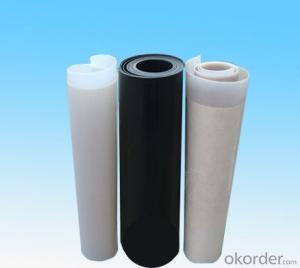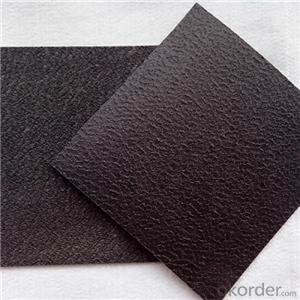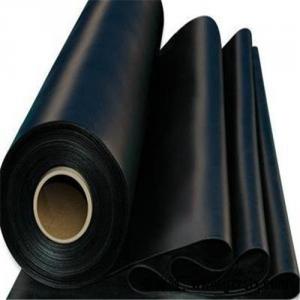Bituminous Geomembrane Liner
Bituminous Geomembrane Liner Related Searches
Impermeable Geomembrane Liner Liner Geomembrane Waterproofing Geomembrane Liner Geomembrane Liner Specification Pvc Geomembrane Liner Geomembrane Pond Liner Geomembrane Liners Lldpe Geomembrane Liner Wholesale Liner Geomembrane Geomembrane Liner Landfill Geomembrane Liner Welding 30 Mil Geomembrane Liner Geomembrane Liner Supplier Bitumen Geomembrane Rpp Geomembrane Liner Geomembrane Liner Price Geomembrane Liner Leak Detection Geomembrane Liner Cost Bgm Geomembrane Prefabricated Geomembrane Liners Geomembrane Liner Manufacturers Geomembrane Liner Installers Geomembrane Liner Companies Geomembrane Production Line Hdpe Geomembrane Pond Liner Geomembrane Machine Wholesale Liner Hdpe Geomembrane Geosynthetic Clay Liner Conductive Geomembrane Permeable GeomembraneBituminous Geomembrane Liner Supplier & Manufacturer from China
Bituminous Geomembrane Liner is a type of waterproofing material that is widely used in various industries due to its excellent performance in preventing water seepage and providing a durable barrier. This product is made from high-quality bituminous compounds, which provide a reliable and long-lasting solution for waterproofing applications. Bituminous Geomembrane Liner is commonly used in civil engineering projects, such as reservoirs, canals, landfills, and other water retention structures, where its impermeable properties help to prevent water leakage and maintain the structural integrity of the construction.The Bituminous Geomembrane Liner is particularly effective in scenarios where water resistance and durability are of utmost importance. It is designed to withstand harsh environmental conditions and resist degradation from UV radiation, chemical exposure, and temperature fluctuations. This makes it an ideal choice for projects in diverse climates and environments, ensuring that the waterproofing solution remains effective over time. The versatility of the Bituminous Geomembrane Liner also allows it to be used in conjunction with other geosynthetic materials, such as geotextiles and geomembranes, to create a comprehensive barrier system that addresses multiple aspects of water management and containment.
Okorder.com is a leading wholesale supplier of Bituminous Geomembrane Liner, offering a vast inventory of this product to cater to the needs of various industries. As a reputable supplier, Okorder.com ensures that the Bituminous Geomembrane Liner provided meets the highest quality standards and is available in different sizes and thicknesses to suit specific project requirements. By partnering with Okorder.com, customers can benefit from competitive pricing, prompt delivery, and the assurance of receiving a reliable and high-performing product for their waterproofing needs.
Hot Products
